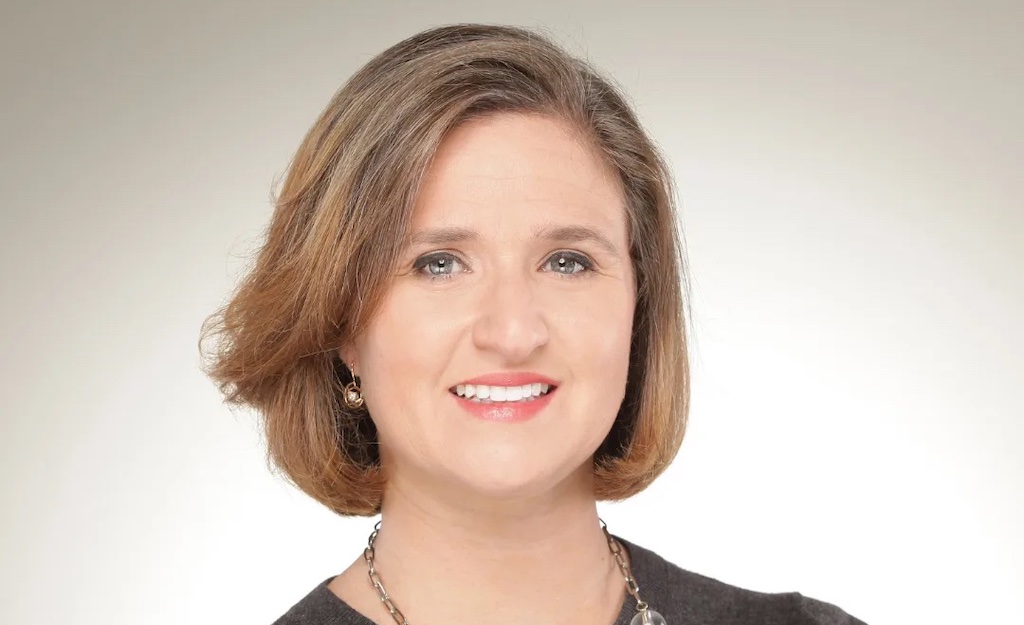For sports fans inside packed stadiums it’s a conundrum they have to juggle with carefully – when to leave their seat to grab a half-time pint, pie or cup of tea. Move too soon, and you could miss a goal. Wait too long, and you could face being met by zig-zagging queues. And with Premier League clubs now restricted by what time they can sell alcohol to, that can also mean missing out on getting a beer altogether.
But now a tech-firm has created a solution that could help be the final whistle to the misery firms face. Tubr.tech has developed software that allows football clubs, and other sporting venues, to better predict the half-time movements of crowds. The Sheffield-based firm, who have previously developed software which helps people to travel on trains and buses when they are less crowded, are in talks with a League One side who have expressed an interest in piloting the tech on match days.
Founder Dash Tabor said: “Wherever there are crowds you can use technology and data to help create a better end user experience for the person in that crowded space. And, more importantly, you can provide information to those in charge of that crowd to help them manage it better. There’s not many places where this is better demonstrated than at a football stadium, and that’s why we have created solutions which help clubs provide a better half-time service for clubs at their bars and food areas. Better data allows clubs to ensure they have adequate staffing levels and have the right kiosks open at the right moment.”
The tech developed by Tubr’s team of experts analyses the movement of crowds at individual stadiums over a period of time to try and predict future behaviour. It also builds in human behaviours, as well as taking account of action on the pitch. This allows the company to provide a specific set of results to individual clubs showing the usual patterns of movement inside their ground.
Tabor added: “Obviously if a team is a few goals down after half an hour you know you can expect a rush of fans to be heading off early to get a pint to try and cheer themselves up. Equally, if a team is winning by a large margin, fans will head to the bar earlier to toast a good performance. But until now this data has been overlooked. By being able to provide this detailed information to clubs they can better staff their kiosks – and maximise the amount of money they can generate at half-time. In areas where you have season ticket holders you can also look at these behaviours. Do certain rows head to the exits at the same time each week?”
She further explained, “Queues are no good to anyone, least of all the fans. And, for police and stewards, they can create a safety issue too. Many clubs are only able to sell alcohol up to a certain point, meaning supporters can queue for 10 or 15 minutes and get to the front, only to be told they can’t have a beer. This can also create issues for those managing safety at games. We are looking forward to working more closely with clubs to demonstrate the benefits of the technology.”





